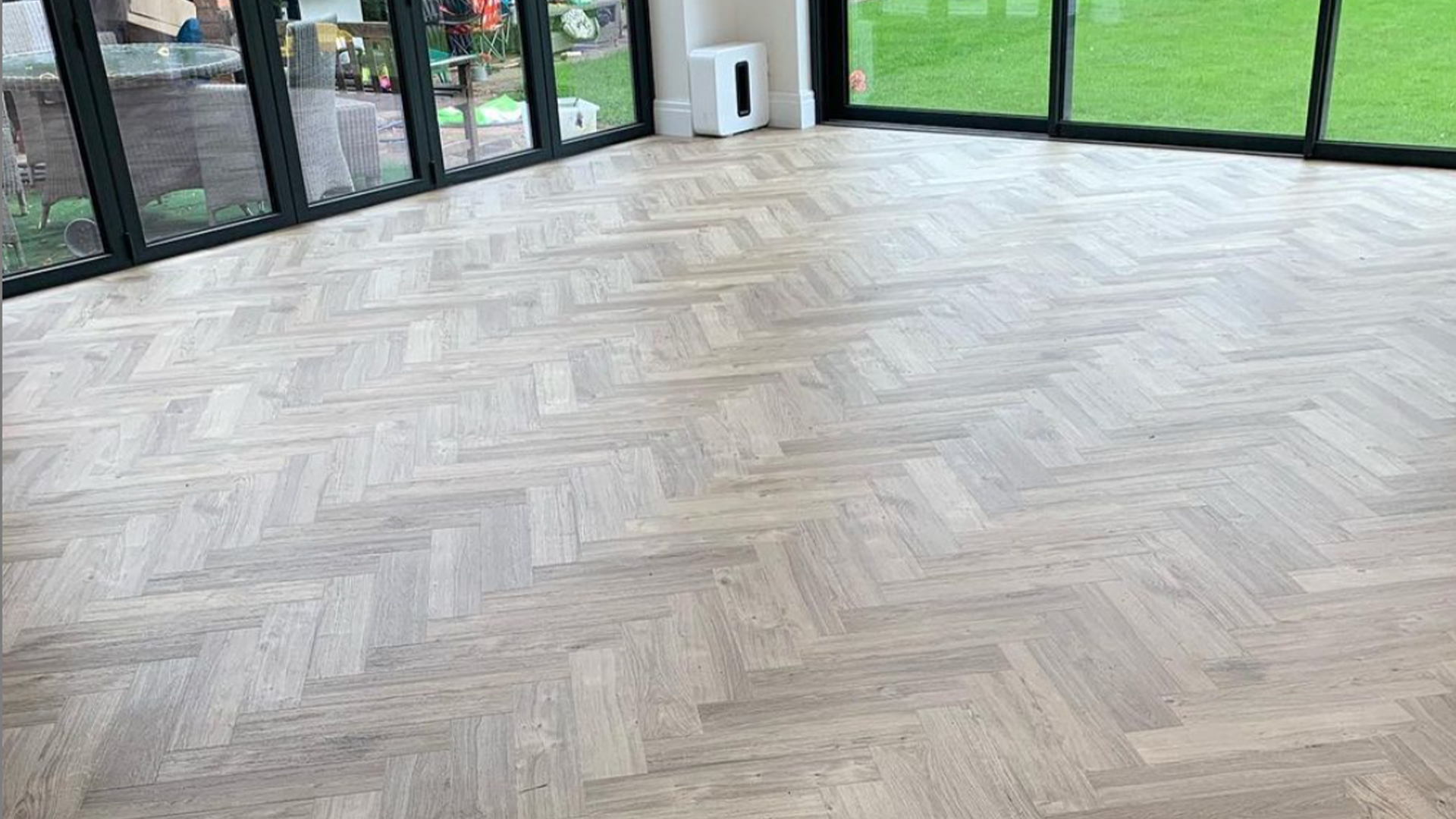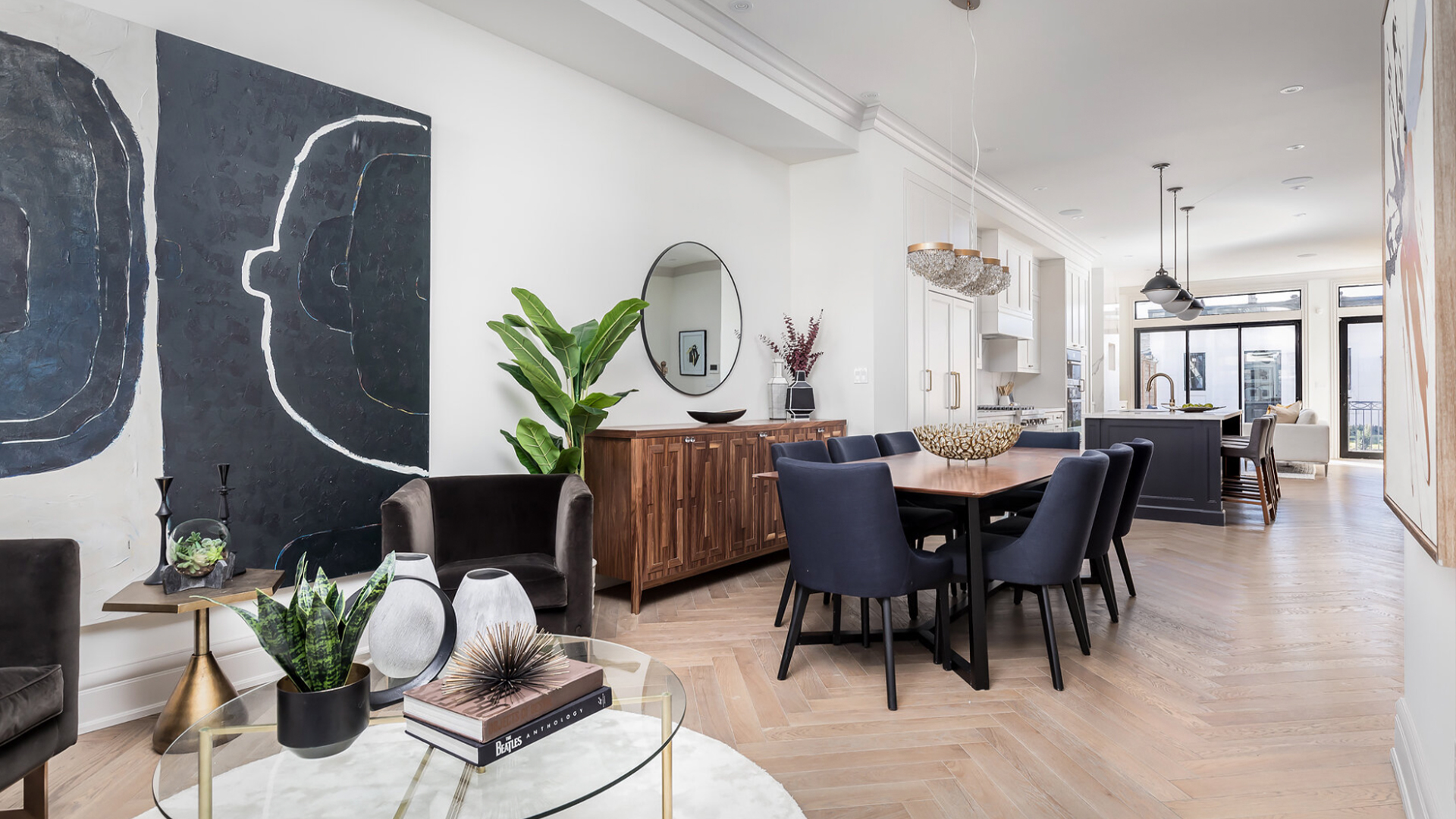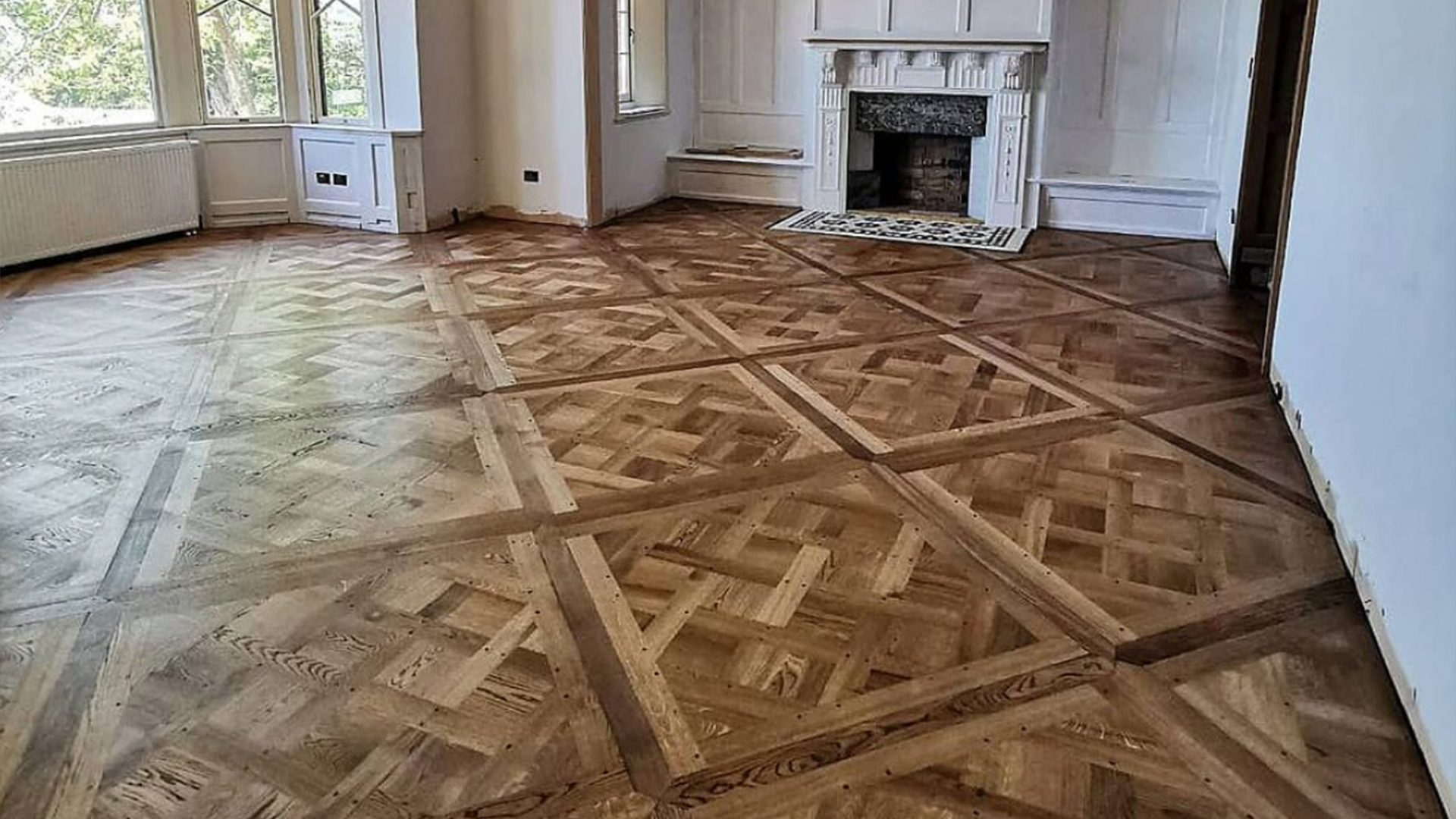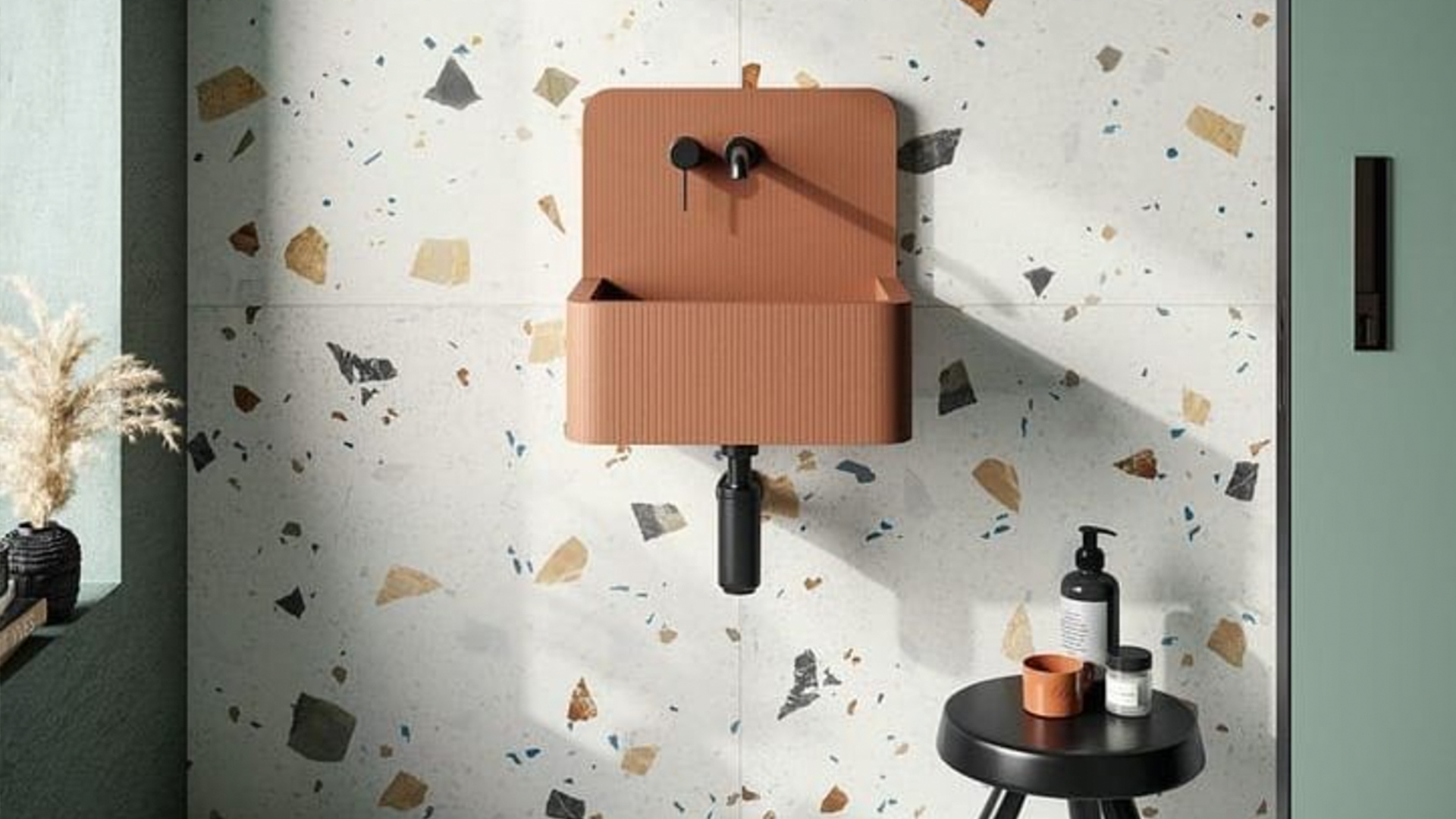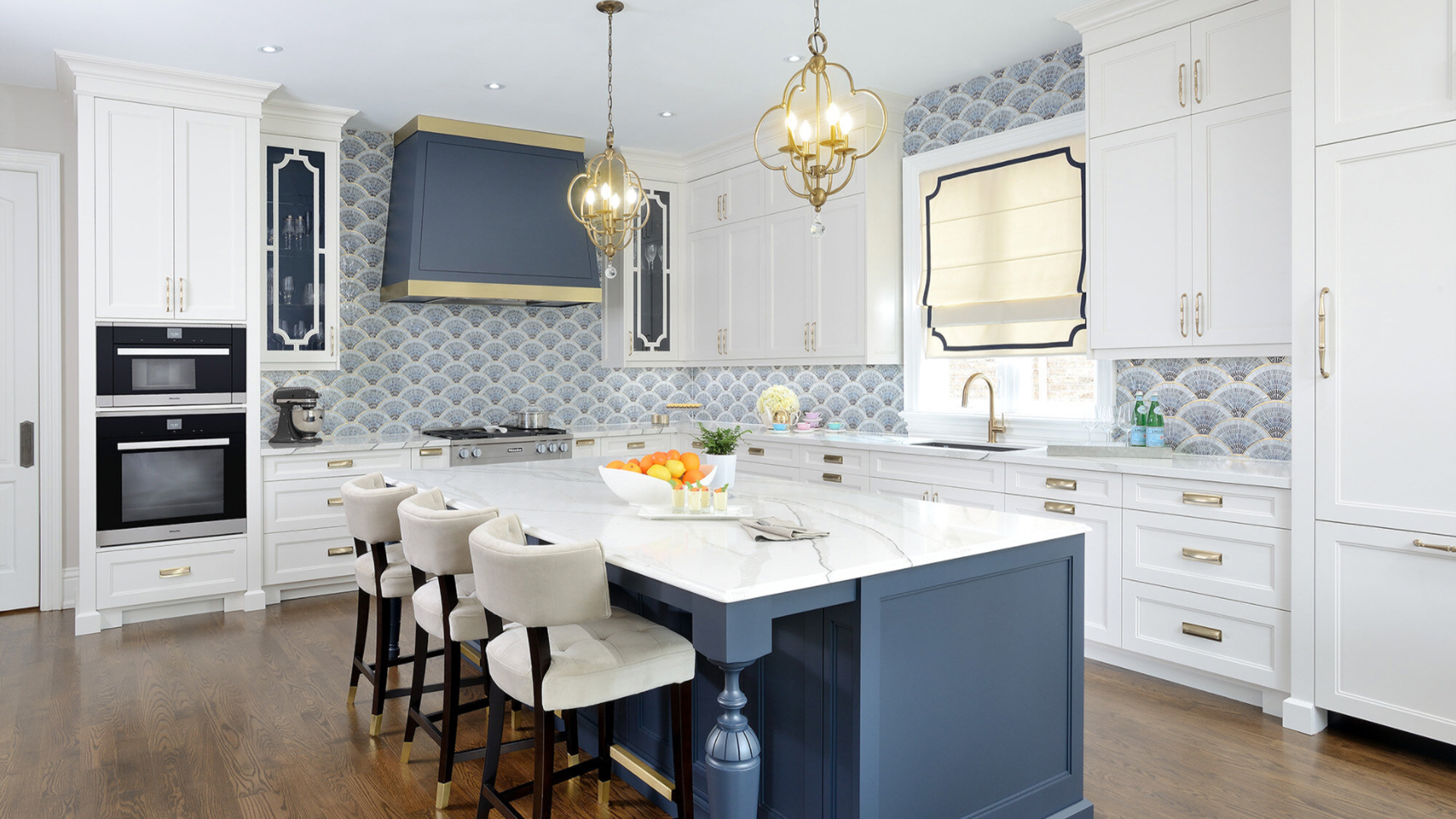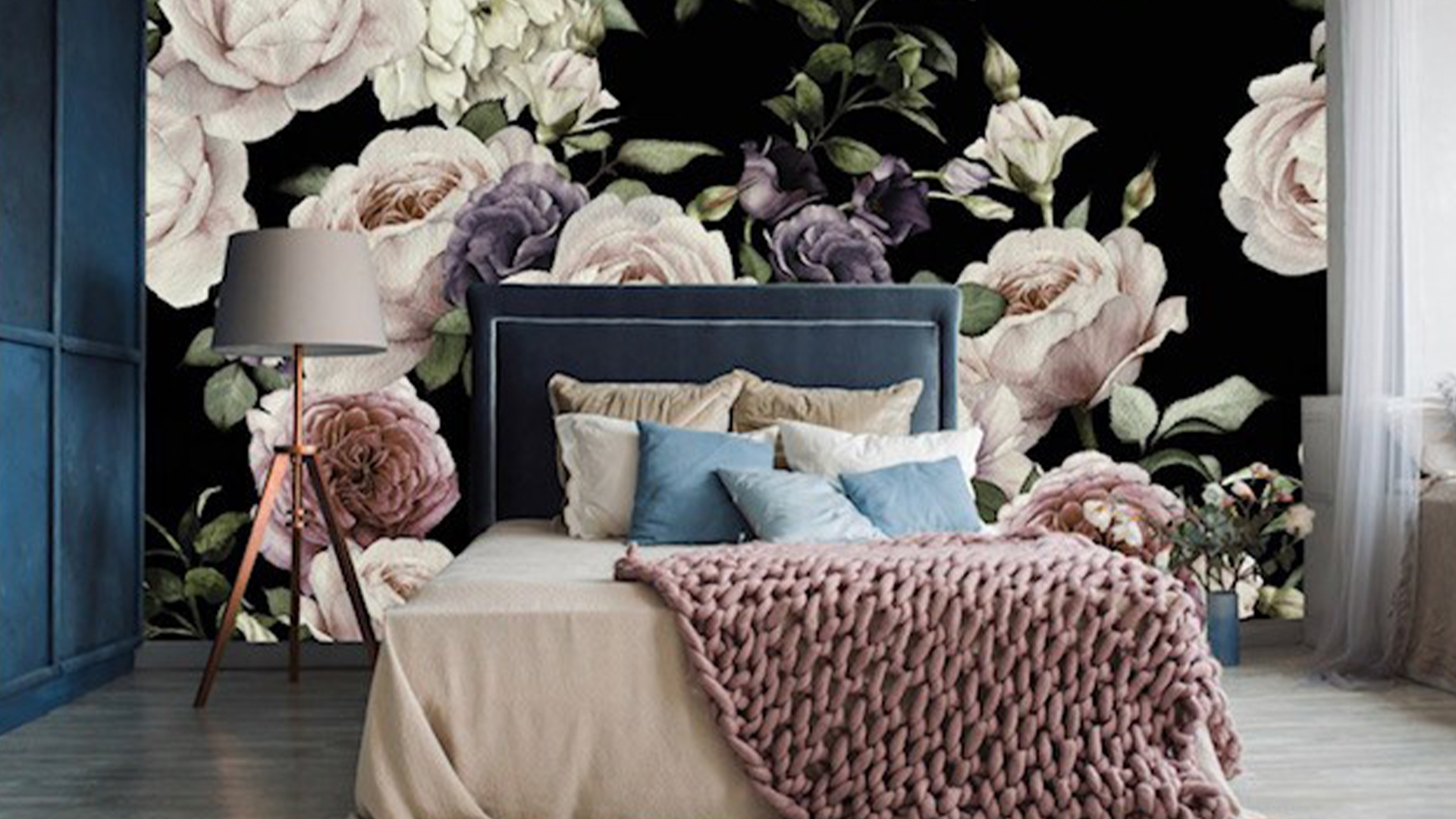These home décor trends are making a comeback

If there’s one thing we know to be true about trends (both in fashion and in interiors), it’s that everything seems to make a comeback. While some trends may be better left in the past, we’re definitely on board with bringing back a few trends from yesteryear that easily feel fresh again with a little modern twist. Designer Glen Peloso highlights the trends you need to have on your radar right now if you're thinking of redecorating.
Hardwood flooring
Floor may be one element of a house that is the longest lasting. Many things change but floors endure! Herringbone and chevron patterns aren't just retro—they are ancient, and are all the rage once again. These flooring patterns were super popular through the 17th and 18th century in Europe and came to North American in the 1930s, but carpets covered them until the '80s until they were once again exposed to delight.
The herringbone pattern
Image Courtesy: Instagram/ @TurnersFlooding
The Herringbone pattern dates way back to Roman time where street bricks were installed in that pattern (the bone structure of a Herringbone fish) is where it gets its name. They discovered that the roads were structurally more sound with those pattern and required less maintenance. It was a sign of wealth and is a pattern found in many different forms.
The chevron pattern
Image Courtesy: GlennPoloso.com
The Chevron pattern goes back to Medieval times in building structures and roof beams but also was a way of showing rank in the military and still today, the stripes on the arm shows rank.
They work very well in odd shaped spaces, such as long and narrow or odd corners cut out. Glenn loves that it masks the shape while adding a beautiful texture.
Versailles parquet
Image Courtesy: Instagram/ @French_Versailles_Parquet
Another hardwood flooring trend coming back is the Versailles parquet. This was created in 1684 for the Versailles palace in France to replace the marble that was originally there. Typically, the hardwood grain goes in one or two directions but these had minimum of four grain directions to make them look star-like. This type of pattern looks best in bigger open spaces so that you can appreciate the repetition of the pattern.
Tiles
Terrazzo tile
Image Courtesy: Instagram/ @Design.Can.Save.The.World
Tiles are staple in every home around the world. Terrazzo tile originally came from 16th century Italy, where marble mosaics working would use the leftover pieces of marble and mix it with clay to create durable walkways around their homes. It remained part of the Friuli region of Italy and was first seen in the U.S. in 1890 at the Vanderbilt residence as a high-skilled trade. By 1915, three million Italians migrated to North American and terrazzo became the most popular tile around. It's durable and beautiful surface is part of the Guggenheim and Radio City music hall. With new polymers to make terrazzo more long lasting, it became the floor of the halls of many Ontario high schools. This tile pattern we see has a mid-century feel, as well as the pastel pattern which has risen in popularity yet again. This tile is great for a family bathroom, or en suite. Glen's tip: be careful that you get enough pattern to be able to see it play out on the floor.
Moroccan tile
Image Courtesy: Instagram/ @GlenPelosoDesigner
Moroccan tiles and patterns is all about the geometry of the design. These patterns give floors a richness and texture, and with modern techniques we can make and install them more easily. They work well with both large and small spaces, depending on the size of the pattern.
Deco tile
Image Courtesy: GlennPoloso.com
These patterns go back to the 1900s. There was a movement away from the hard angles of tile patterns and this time it was all about arches, and peaks in rounded in geometric form. It has an elegance and simplicity that is hard to replicate in any other time. Used in specific ways, it can be a wonderful addition to a room or back splash or fireplace front.
Wallpaper murals
Image Courtesy: GlennPoloso.com
Think of the wall as a large canvas and the wallpaper is the tapestry! Essentially, this decor technique goes back to the caves where pictograms were used to tell stories of life. Later, they were hand painted to provide beauty and provided status and stories to the walls. We have had a lot of wall coverings in fabric and paper, but techniques have evolved that even the hardest of patterns can be achieved with wallpaper.

